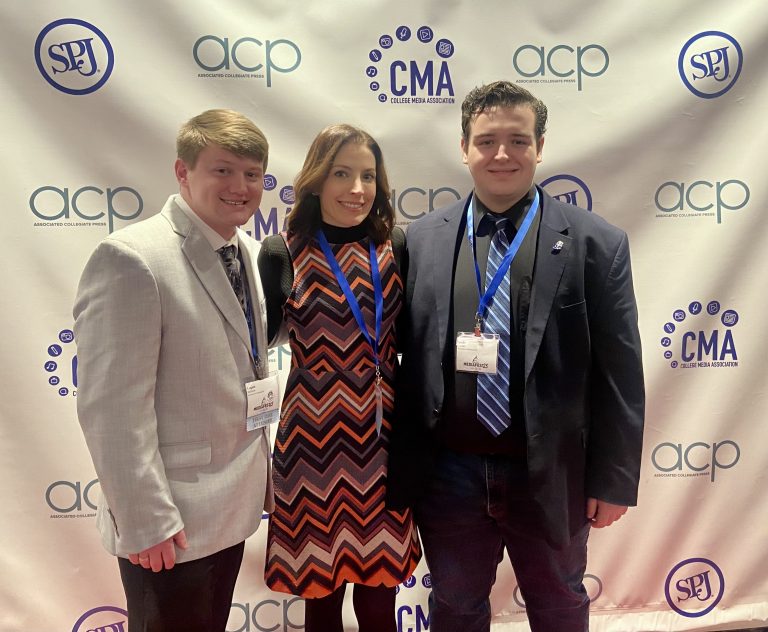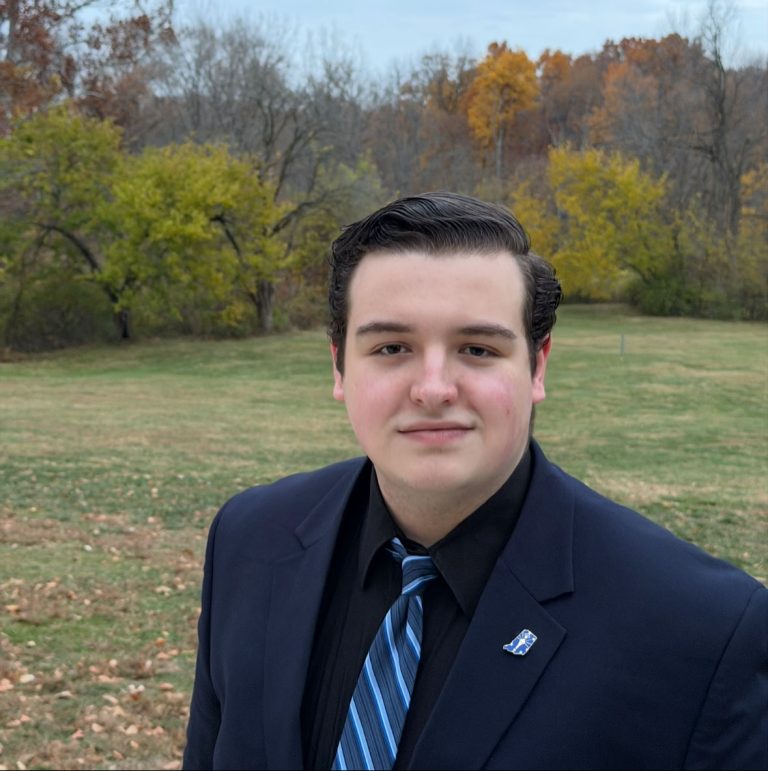Editor’s Note: Rob Williford works in the office of Student Affairs as the Associate Dean of Judicial Affairs & Residence Life.
Working on a college campus as a staff member means no two days are the same. Despite some certainties, the day-to-day interactions with students, faculty and staff bring a new, refreshing energy.
Each of us, in our own way and sometimes unknowingly, have the tools to effectively engage in community. Each of us is at a starting point. While it can be true we each experience this campus, the classroom, events or traditions of higher education differently, a shared connection is how we find ourselves, in some way, a member of this University of Indianapolis community. I write today to encourage each of us to lean into this shared truth. To care about what being a part of a community can mean. To extend a warm welcome and embrace to the folks who have joined us for the first time this semester and to do the same for the folks who have been here for years.
Being a part of a community is not always sunshine and feel-good moments. Sometimes, it is having difficult conversations about changing a career trajectory, addressing conflict in a friendship, wrestling with new concepts or ideas we have never been exposed to before or getting to know people who are different from us. Community can also look like developing abilities to effectively communicate across cultures or facing deeply-held fears nobody knows about. It can appear as a thousand and one more things each of us have experienced.
However, building community is not passive and does not always happen by chance or luck. It takes more than the expected time, space and energy, too. It requires a commitment to connection, understanding and learning. Developing a community is not merely showing up to a program or an event, nor merely attendance being taken in class. To build and be a part of a community is a conscious, deliberate act — a decision made repeatedly to show up, expand and retract, spend time and energy with the people around us and to walk away made anew, even if only slightly. These communities can be with folks who we share lived experiences, identities or interests. Communities can be with folks who have similar goals or aspirations as we do. They can also be with folks we have never met and know nothing about. It can be a mix of all three and something else entirely.
It is important to note, of course, the ways each of us build communities together will look different. We interact differently and have different preferences, values and approaches to making connections. To be quite honest, there will be ways a community is built we do not understand at first. (And that is okay.) What matters is we find our ways of connecting and lean into it.
If you have never done this before, here is a non-exhaustive list of what it could look like to give you some ideas:
- Attending a Registered Student Organization meeting
- Reaching out to the Student Government Association to advocate for an improved student experience on campus
- Reaching out to fellow faculty or staff to connect on projects or ideas you have been thinking about
- Attending an athletic event with a group of people
- Talking to your Resident Assistant or Apartment Complex Assistant about what options are available to get connected with others with similar interests
- Utilizing the various offices on campus for collaboration (like the Counseling Center or Ecumenical and Interfaith teams)
- Asking a faculty, staff or student to get a meal in the Dining Hall to talk about a shared experience or ideas about the future
- Stopping by the Office of Inclusive Excellence to see what opportunities it has to get involved
- Participating in new opportunities on campus that come your way
- Introducing yourself to new people as you get involved.
(If you have made it this far and you are still having a hard time finding ways to build community, please message me: willifordr@uindy.edu. I would love to chat.)
The act of building a community with others can often disguise itself behind a fear of rejection or a feeling of not fitting in. It can feel like a great big chore or obligation that seems insurmountable. Despite these complications, community is as easy as small moments of connection each day, something manageable. If we just lean into the unknown, there is no telling how many things we can discover about ourselves; values, interests, ways of life and new opportunities help to sharpen how we see ourselves and where we want to go in the future. Being in community with each other helps each of us understand what belonging can mean and how to cultivate it further.
We may very well go our whole lives without ever truly finding a community of people we can be ourselves with. Being on a college campus — student, faculty, and staff alike — presents a unique opportunity to build pockets of community that can last a lifetime. My hope each day is that we can collectively be the people who help each other make connections, find our people and grow into community together. At the end of the day, all we have is each other.






